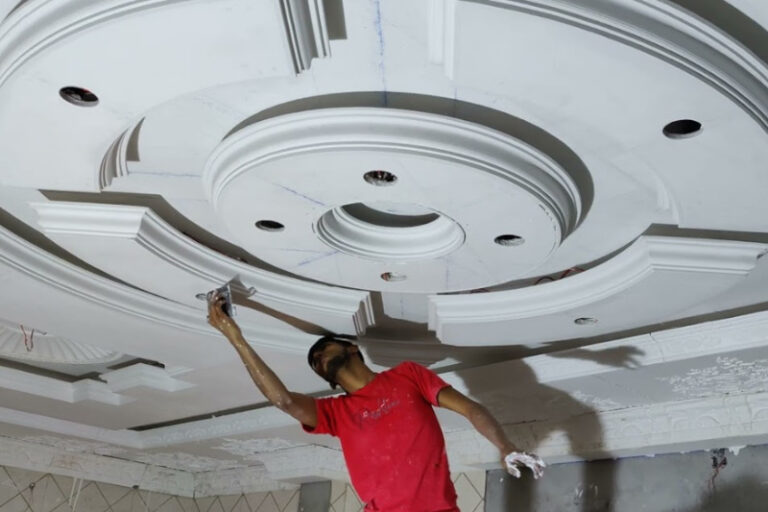[ai_post_generator_toc]
Advantages of Using Gypsum Plaster
Gypsum plaster is a versatile material that offers numerous benefits for construction and interior design projects. One of the main advantages of using gypsum plaster is its excellent fire resistance properties. This makes it a popular choice for enhancing the safety of buildings and structures. Additionally, gypsum plaster is known for its quick setting time, which allows for faster construction timelines and increased efficiency on projects.
Another key benefit of gypsum plaster is its exceptional sound insulation properties. This makes it an ideal choice for creating acoustically optimized spaces, such as recording studios, theaters, and residential homes where noise control is important. Gypsum plaster also has excellent thermal properties, helping to regulate indoor temperatures and reduce energy consumption.
Types of Gypsum Plaster Available
When it comes to choosing the right type of gypsum plaster for your project, there are several options to consider. The most common types include traditional gypsum plaster, which is a versatile and cost-effective option for general use. Another popular choice is lightweight gypsum plaster, which offers enhanced flexibility and is ideal for intricate designs and detailing.
For specialized applications, you may also opt for decorative gypsum plaster, which comes in a variety of textures and finishes to add a touch of elegance to your interiors. Additionally, there are specialized moisture-resistant gypsum plasters available, which are perfect for areas prone to dampness such as bathrooms and kitchens.
Application Techniques for Gypsum Plaster
Proper application techniques are essential to ensure the best results when using gypsum plaster. Before applying the plaster, it is important to prepare the surface by cleaning and priming it for better adhesion. One of the most common techniques for applying gypsum plaster is skimming, which involves spreading a thin layer of plaster evenly over the surface.
Another popular technique is dry lining, which involves fixing plasterboard panels to the walls or ceilings before applying the gypsum plaster. This method helps to create a smooth and even finish while providing additional insulation properties. It is important to follow the manufacturer’s instructions and guidelines for the best application results.
Maintenance Tips for Gypsum Plaster Walls
To keep your gypsum plaster walls looking their best, it is important to follow some key maintenance tips. Regular cleaning is essential to remove dust and dirt that can accumulate on the surface over time. Use a soft brush or cloth to gently wipe down the walls and avoid harsh cleaning agents that can damage the plaster.
In case of any cracks or damage to the plaster, it is important to address them promptly to prevent further deterioration. Small cracks can be filled with a suitable filler, while larger damages may require professional repair. It is also recommended to avoid excessive moisture exposure, as this can affect the integrity of the plaster over time.



